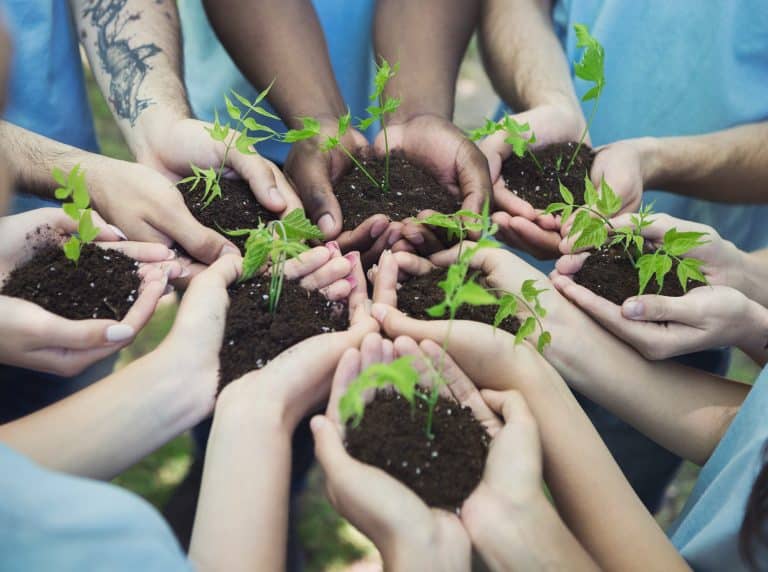The transformation and approach bring content about ethnic and cultural groups from the margin to the center of the curriculum. It helps students understand how knowledge is constructed and reflects its creators’ experiences, values, and perspectives. In this approach, the curriculum’s structure, assumptions, and attitudes are changed so that the concepts, events, and issues taught are viewed from the perspectives and experiences of various racial, ethnic, and cultural groups. The OIH believed that the center of the curriculum no longer focuses on mainstream and dominant groups but on an event, issue, or concept that is viewed from many different perspectives and points of view. OIH believes that this is done while at the same time helping students to understand the nation’s shared heritage and traditions. The OIH believes that understanding cultural integration in education seeks to actualize the ideas to create a society that recognizes and respects the cultures of its diverse community.
Personal, Social, and Civic Action
OIH believes that cultural integration in education aims to help students acquire the knowledge and commitments needed to make thoughtful decisions, take personal and social, and promote cultural integration. In addition, these opportunities help promote cultural promotion that benefits the community, develop a sense of personal and cultural efficacy, and reorganize cultural differences.
NON-Profit
Support/Contribution to Humanity
The OIH provides cultural integration that bridges the gap between culturalism to explore the urgent and necessary process to provide peace, stability, and development. Cultural diversity is a driving force of development concerning economic growth and a means of leading a more fulfilling intellectual, emotional, moral, and spiritual life. The OIH believes this is captured in the culture, providing a solid basis for promoting cultural diversity. Cultural diversity is thus an asset that is indispensable for poverty reduction and the achievement of sustainable development. Furthermore, at OIH, we believe that acceptance and recognition of cultural diversity – mainly through innovative use of media Information and communication conducive to dialogue among civilizations and cultures, respect, and mutual understanding.
VOLUNTEERING
Five Tips for Engaging Volunteers
The OIH believes that many nonprofit organizations rely heavily on the work of volunteers to carry out their missions. It’s one of the valves that OIH realizes that the relationship with this organization provides support for volunteers to determine the sustainability of the organization’s nonprofits and that volunteer retention and appreciation become critical factors in your success. So, how does OIH, a nonprofit, approach retaining volunteers? What is OIH doing to keep them engaged, fulfilled, and motivated? Let’s explore a simple strategy to engage, appreciate, and have your volunteers.
Showing Appreciation to Volunteers
The OIH Volunteers are active participants in helping the organization to achieve its mission and improve the local community, so OIH should acknowledge their help and show appreciation.
- Start by thanking them. OIH will start by understanding how important volunteers are for your nonprofit. The reasons why volunteers may stop helping a nonprofit often include a lack of communication, an unorganized nonprofit, not feeling a sense of professionalism, not receiving feedback, and not feeling like they’re making a difference. Therefore, express your gratitude with a simple but sincere recognition of their efforts and a “thank you.”
- II. Communicate effectively. Keep volunteers up to date with corporate events and opportunities. People feel appreciated when invited to collaborate and participate, so make communications a two-way street, using different media and tools, to share and seek information. Then listen and use the insights your volunteers provide. Finally, discuss how volunteer feedback has resulted in upcoming changes and improvements.
- Provide memorable experiences. Volunteering should offer an enriching experience in exchange for their time. Share success stories with your volunteers, allow them to see their impact on the community and projects in action, understand their interests, and take time to get to know them to personalize experiences based on preferences and abilities.
- Recognize personal achievements. Providing recognition boosts engagement by creating a link between the volunteers and the impact they’re making in the community.

